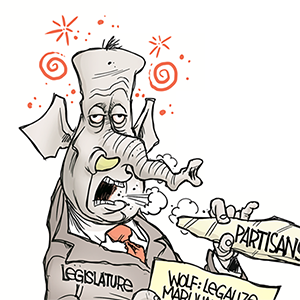Key Factors That Influence Assisted Living Costs
Published in Health Articles
Choosing assisted living is a significant decision that often involves considering many factors beyond just personal needs. The costs associated with assisted living can vary greatly.
Understanding the key components that influence these costs can help you make informed choices and avoid unnecessary financial stress.
Location Matters
One of the primary factors that affects assisted living costs is the location. Different areas have varying costs of living, and this extends to assisted living facilities as well.
Assisted living communities in cities usually charge more. This is because land and property costs are higher there than in rural areas.
Level of Care Required
The level of care needed by the resident plays a crucial role in determining assisted living costs. Some communities have independent living options. Others offer more health and personal care services.
If a resident needs extra support, like help with daily tasks or special medical care, costs can go up a lot. Facilities may charge monthly fees, and these can skyrocket depending on the level of assistance required. Knowing what affects assisted living costs can assist families in making informed choices to find a suitable and affordable option that meets their needs.
Facility Amenities and Services
Assisted living communities vary widely in terms of amenities and services provided. Luxurious facilities often offer many dining options, fitness centers, and social events. These features can affect the price.
Conversely, basic facilities that focus solely on essential services will typically be more affordable. When choosing a place, consider what amenities are essential for comfort and which can be compromised.
Staffing Levels and Training
The quality and quantity of the staff in an assisted living facility also affect costs. Facilities that hire skilled and trained professionals to provide care tend to charge higher fees.
Moreover, having enough staff members ensures personalized attention and support for residents. If a facility boasts a lower staff-to-resident ratio, it may offer better care but at an increased cost.
Contract Terms
Different facilities operate under various contract arrangements, which can have a significant effect on costs. Some communities may require entering long-term contracts, while others might offer month-to-month arrangements.
Entering a long-term contract can sometimes save money in the long run, but it can also limit flexibility. Understanding these contracts and their implications is essential in choosing the right community.
Geographic Area Comparison
It’s wise to compare assisted living costs among various geographic areas. The price you pay might be worth it when considering the standard of living and availability of necessary healthcare nearby.
Some areas may offer better health services, public transportation, and other support systems that make living easier and more enriching for seniors. Investigating the differences among locations helps to gauge whether the cost is justified based on the quality of life in that area.
Financial Assistance and Insurance
Another vital element to consider is the potential for financial help. Many families might qualify for assistance programs that help cover some of the costs associated with assisted living.
Additionally, some insurance policies, especially long-term care insurance, may help to offset these expenses. Exploring all available financial options is crucial to ease any financial stress.
Understanding Costs in Assisted Living
Choosing assisted living involves more than just the search for a pleasant environment; it also hinges on understanding the various factors that influence the costs involved. Each aspect plays a role in determining the final expenses. Be sure to weigh the benefits versus the costs to ensure that you find the best possible environment for your loved one.
Visit our website for more.























Comments